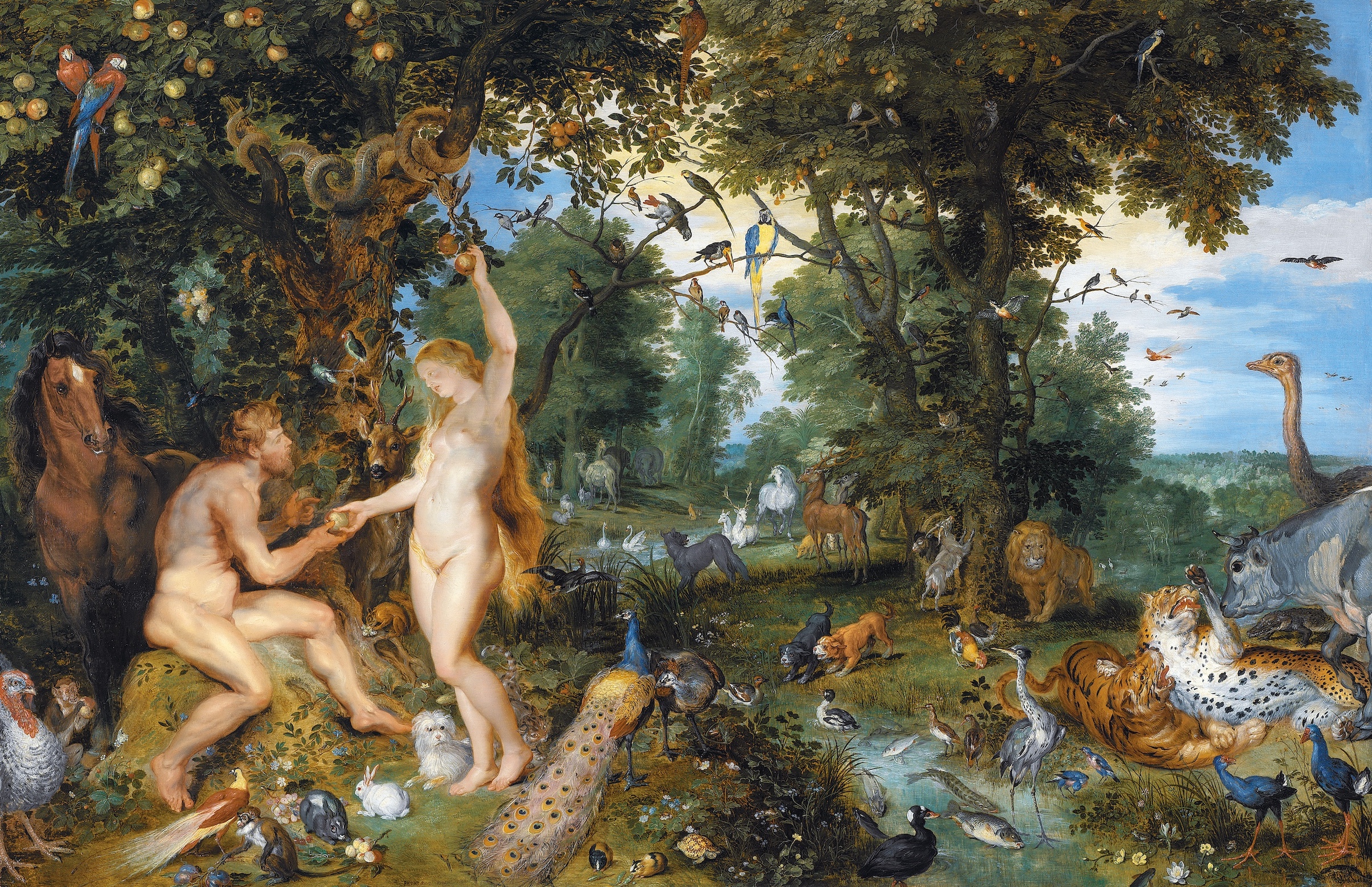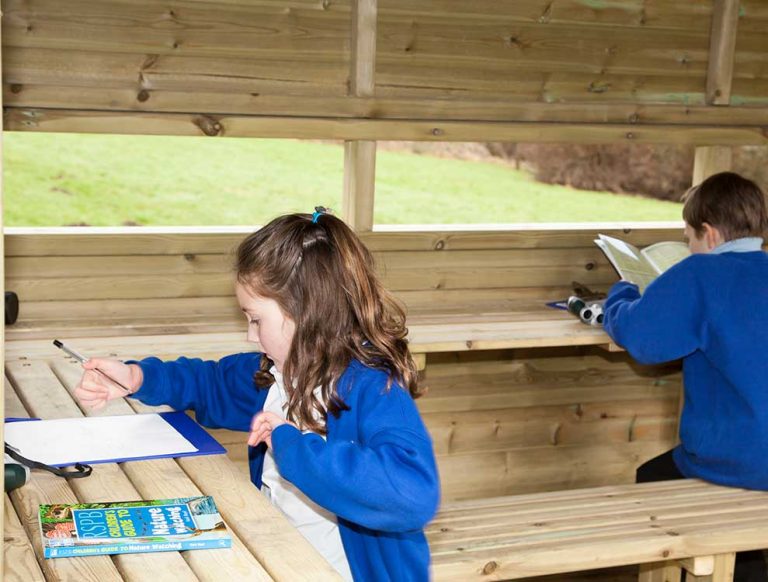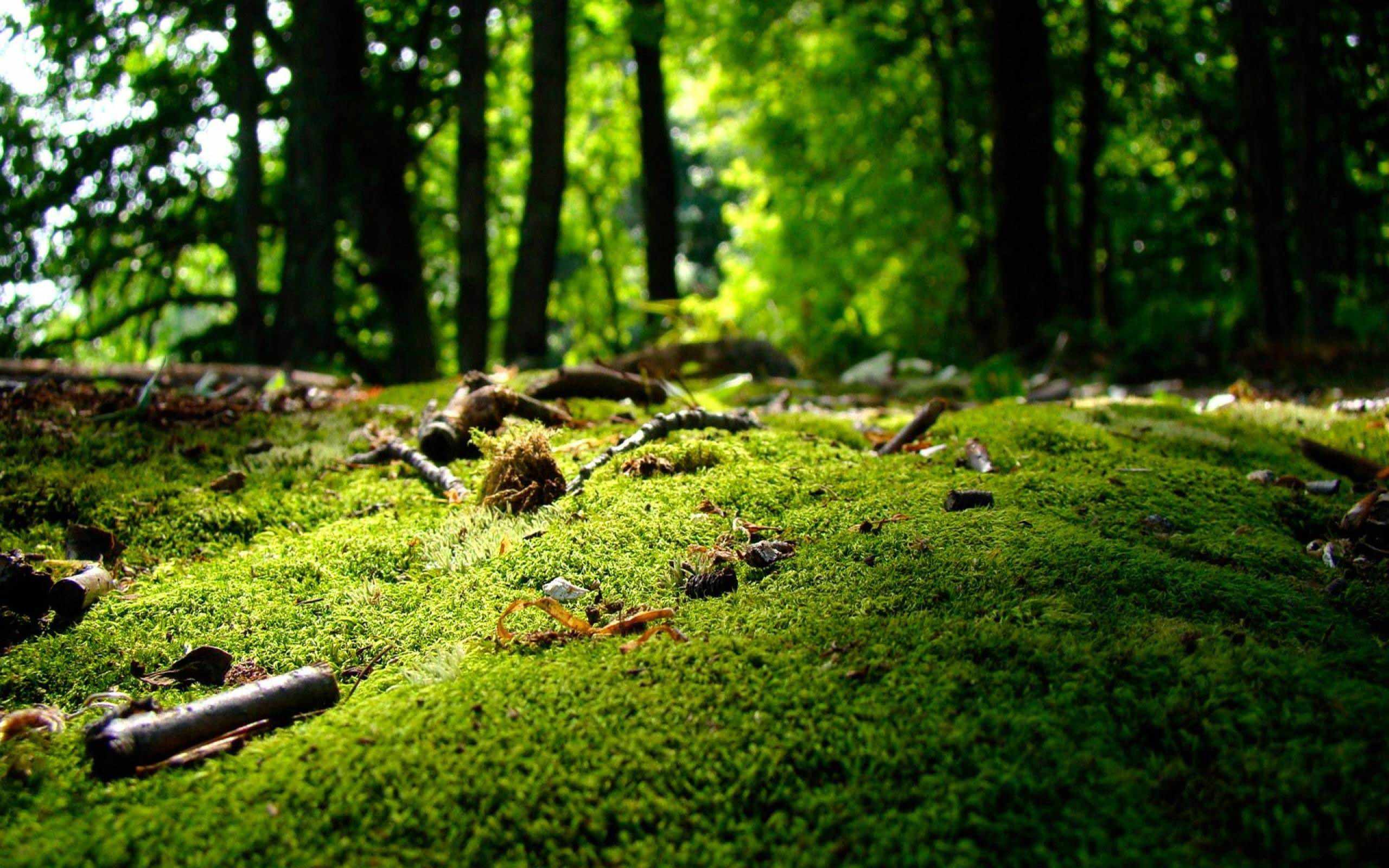Author:
Bee-eater
Short summary:
Nature alienation is progressive separation from nature at large. Nature alignment is the process which leads to ecological awakening and one’s awareness of being an interconnected part of nature. Public education has institutionalized nature alienation, however, nature alignment is possible at every stage of human development, if we offer the spaces which our species expects to encounter. Therapy dogs in classrooms or bird watching activities in the school neighborhood can open the door into the world of nature and should be the preferred didactical avenue, long before we start to teach textbook knowledge.

There is not only a crisis in natural resources, but also one in human resources … and the two are connected. – Ken Robinson
Institutionalized Nature Alienation
Katie Avery, third grade teacher in the White Mountain-encircled town of Gorham, New Hampshire, got at the crux of the problem during a curriculum planning meeting when she asked, “Why are we using textbooks that focus on landforms in Arizona when we have such amazing resources right in our backyard?” Good question. […] Generic textbooks designed for the big markets of California and Texas provide the same homogenized, un-nutritious diet as all those fast-food places on the strip. State mandated curricula and high-stakes tests put everyone on the same page on the same day and discourage an attention to significant nearby learning opportunities. Educational biodiversity falls prey to the bulldozers of standardization. Schools hover like an alien spacecraft, luring children away from their home communities. More and more, we drive a wedge between our children and the tangible beauty of the real world.

What environmental educator David Sobel describes for the United States, is the institutional and bureaucratic dimension of nature alienation caused by national curricula all over the world. National education is embedded in a competitive evaluation system, preparing our children for the international labor markets of tomorrow, where they compete against each other and increasingly against robots and algorithms to feed the ever-growing demands of the industrial power complex. A hidden curriculum teaches pupils and students to perceive human and natural resources as exploitable objects. Limited primary experiences in our hometowns renders education for sustainable development into a null curriculum. National laws and school management technology conspires to keep students indoors and alienated from the places in which they grow up. We have institutionalized nature alienation and deprive children from the spaces they require to develop healthily.

Ever since Richard Louv published in 2005 Last Child in the Woods: Saving our childing form nature-deficit disorder, there is a growing awareness that our children lack vitamin N and that industrial education deprives them of a species-appropriate environment to develop into healthy adults. He points out that psychotherapists have exhaustively analyzed every form of dysfunctional family and social relation, but dysfunctional environmental relations do not exist even as a concept. Sobel seems to explains that there is a reason for this missing disorder in the Diagnostic and Statistical Manual published every few years by the American Psychiatric Association : its deliberately caused by formal education rather than an unforeseen consequence of cultural conditioning. The hidden curriculum of capitalist economies is the production of loyal consumers and obedient citizens. Primary students are not taught how to sew a missing button back on a shirt. The vast majority of secondary students graduate without being able to handle power tools or being capable of fixing simple electric gadgets. They are educated into helplessness and molded into consumers absorbing the industrial output of capitalist production.

Nature Alignment
While Liedloff’s recommendations on how to raise children have gained a wide and global followership, the continuum concept was also subject to substantial criticism being described as a Paleolithic lifestyle which is incompatible with modern societies and technological progress. This is neither the time nor place to discuss whether technological progress conflicts with human well-being. We need pragmatic and realistic solutions which prevent ecosystems from further collapse and at the same time improve human livelihoods. The good news is that Liedloff’s continuum concept does not end after infancy or early childhood. It continues through all stages of human development and offers many moments of ecological and social awakening. Let’s explore how we can trigger them in primary and secondary education, when they were missed during the elementary years.
It is crucial to understand that the initial bond between mother and infant transforms into a bond between child and mother nature as it explores in larger and larger circles the environment surrounding the biological mother. If the early bond between mother and infant is disturbed due to individual or cultural causes, this primordial connection can be restored. In the same manner it is possible that later experiences like rigid academic training in sterile indoor classrooms damage an established connection between self and nature. Every phase of human development requires an age-appropriate space to explore self, others and planet. This connection between the social and the geographical realm seems at first difficult to make and those who have been trained either in the social or natural sciences will find it strange that I consider the womb and a mother’s physical presence as much a space like the neighborhood, the hometown or the bioregion. In the same manner, however, we can describe larger territories as the habitats of communities, life forms and organisms – living ecosystems with which we are in a certain – sound or corrupted - relationship.

Hunter and gatherer tribes like the Yequana who have lived since their arrival during the great human migration about 13000 years ago in the rainforests of what is today Venezuela and Brazil practice animism, i.e. they don’t believe in a dualist separation of heaven and earth or flesh and soul, but have a monistic outlook on life, where everything is connected and everything has soul. The psychologist Howard Garner would have qualified the Yequana Indians as being gifted with a high measure of naturalist intelligence, one of the nine forms of intelligence which he proposed in his 1983 book Frames of Mind: The Theory of Multiple Intelligences. In his 2003 review of his original theory, he concluded, that the ability (to recognize plants, animals, and other parts of the natural environment) doubtless evolved to deal with natural kinds of elements, but has been hijacked do deal with the world of man-made objects. In other words, Yequana Indians develop a strong naturalist intelligence and are free of the ailments which befall modern societies, because they grow up in nature (as opposed to the man-made urban environment) and are given the spaces required for sound human development. Instead of being alienated from nature, they are deeply aligned.

If it is the goal of formal schooling to educate children into healthy adults who have a deep connection with nature, then we need to take them outdoors on a regular basis in larger and larger age-appropriate territories. We need to implement species-appropriate conditions for human flourishing to let non-human nature flourish. Exactly the opposite is happening. While many kindergartens use their playgrounds frequently, the time children spend outdoors decreases during the primary years. Academic requirements confine secondary students to classrooms exactly during the age bracket when they should roam the region beyond their hometown. The architect Takaharu Tezuka showed with a kindergarten in Kyoto how much space 5-year-olds explore, if they are allowed. Interestingly, the principle of that kindergarten considers himself to be a sheepherder rather than a child-educator: “I don’t teach them, I let them run.“ Let’s extrapolate this setting for elementary education to primary and secondary schooling – which spaces are species-appropriate and how can we ignite the interest of students in nature?

An architect has without doubt a much easier project to take on, when he is asked by a principal to design a species-appropriate kindergarten: the circle (sako in Japanese) of movement is relatively small and can fit in a single building. When we think of primary or even secondary students who explore the school neighborhood, hometown and the ecoregion, then a principal will need more support than he can get from a single architect. Architects and urban planners do in fact play a less important role in primary and secondary education. A principal will need a team of teachers who are committed to seamlessly extend the school grounds into larger and larger sakos, and the school will need meaningful projects in the school environment which catch the attention and the imagination of the students.

One such project is the identification of local bird species and the DIY construction of bird hides, which make it possible for students to observe and study animal behavior. You see, birds are marvelous creatures and for a good reason humanity has always aspired to fly like them. Their superpower flight makes them not only into an interesting object of observation, but birdwatching does also have the power to align us with nature. There are first the moments of awe when we observe a hornet being caught in mid-air or chicks taking off for the first time. But with some guidance from place-based teachers, there is much more to explore, just by observing a flock of bee-eaters and asking the right questions. They are the most elegant flyers, capable of catching not only bees but also dragonflies. Some research into their diet opens a completely different realm of the natural world: insects. Their flight is a subject of research in its own right, which connects wonderfully with physics: aerodynamics, lift, weight, thrust and drag. Bee-eaters are migrating birds which travel far and pull our attention to the realm of geography and the study and health of ecosystems: where did they come from? What conditions do they need to breed? Are their numbers stable?

And then there is the manual project of building a nature observation infrastructure. A bird hide must be planned, a location must be assigned and approved, tools and material must be purchased or upcycled. All this requires the communication and collaboration with different stakeholders, offers learning experiences for different age groups and delivers value not only once during the project implementation but stays permanently with the school community as a resource for nature alignment. While we will not return to the jungle like Yequana or Tauripan Indians, we can practice elements of indigenous learning in our home communities and align our children with nature.
”It’s a simple proposition really: bring education back into the neighborhood.” – David Sobel

Further reading:
• Scaling place-based education through a networked game
• What lapwings can teach us about the necessity of local ecosystem restoration
• On 19th century environmentalist Josef Schöffel and how his story connects to current ecological challenges
• Gamified National Urban Parks – notes from a pilot project
• Womb Waters Ober-Grafendorf – Project Report
• Unlocking the human potential through play
• On education crisis and prisoner’s dilemma
• Reconnecting to place for planetary health
Interested to start a nature learning space in your town or school?
• https://ark.greensteps.me/page/create-community/
• https://ark.greensteps.me/page/commons-mentor/
Subscribe to our newsletter:
• https://www.greensteps.me/membership.php





